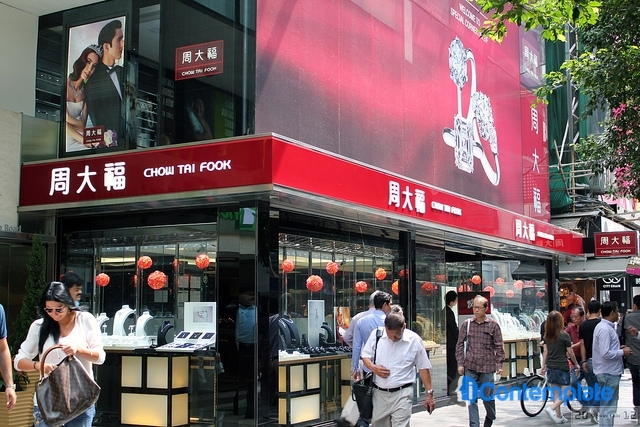<p style="text-align: justify;">If you’re looking to buy wholesale diamonds online, you’ll want to make sure that the dealer is honest and reputable. Besides checking out the sellers’ reviews and asking around, there are a few more things to look out for when dealing with a wholesaler.</p>
<p style="text-align: justify;">There are a couple of things a lot of jewellery stores won’t tell you when you buy diamonds Queensland. We’ve listed them below so that you can make sure the wholesaler discusses such points with you, or you know what to ask the seller.</p>
<h3 style="text-align: justify;"><b>What You Should Be Discussing When Buying Wholesale Diamonds</b></h3>
<h4 style="text-align: justify;"><strong>There’s a Wholesale Price List for Diamonds</strong></h4>
<p style="text-align: justify;">While jewellery stores are typically unhappy about this list, a wholesaler sets a report or price list by which to set prices. Most jewellers will add a certain percentage to the price to make a profit, so a wholesaler will be considerably cheaper to buy diamonds from.</p>
<h4 style="text-align: justify;"><strong>It’s Difficult to Grade A Diamond That’s Already Set</strong></h4>
<p style="text-align: justify;">A wholesaler will discuss the grade of diamond you’re looking for. But, the grading should be done with the diamond upside down to effectively determine the colour and clarity. This cannot be seen as clearly if the diamond is already set in a piece of jewellery.</p>
<h4 style="text-align: justify;"><strong>Cut is the Most Important ‘C’</strong></h4>
<p style="text-align: justify;">The quality factor that makes the most difference in a diamond and its beauty is the cut. A wholesaler will discuss proportion, angles and finish of the stone with you.</p>
<h4 style="text-align: justify;"><strong>Fluorescence</strong></h4>
<p style="text-align: justify;">Fluorescent stones not only look better, colour-wise, but cost less too and if you’re on a budget, your wholesaler will discuss this with you.</p>
<h4 style="text-align: justify;"><strong>Size Counts</strong></h4>
<p style="text-align: justify;">Diamonds are prices based on rarity. So the larger the diamond, the more it costs. But these prices don’t increase in a smooth curve but rather go up in steps. The largest step is at 1.00 carat since people typically want a 1 carat diamond and not 0.96 carats! Since a lot of cutters are trying to hit that round number, though, a lot of diamonds aren’t actually cut very well.</p>
<h4 style="text-align: justify;"><strong>Certificates</strong></h4>
<p style="text-align: justify;">Too many companies issue diamond grading reports but not everyone grades to the same standards. Make sure the wholesaler you deal with uses the standard grades of GIA and EGL.</p>
<h4 style="text-align: justify;"><strong>Diamond Treatments</strong></h4>
<p style="text-align: justify;">These days, there are those diamonds that are produced in labs and used for industrial purposes like grinding powder, space shuttle windows and super-fast chips. The main impact, though, of synthetics on the gem diamond market is the technology that is used to make the diamonds and improve on them. Be sure to ask your wholesaler to vouch for the diamond you want to buy and that it has not been synthetically produced.</p>
<h4 style="text-align: justify;"><strong>Most Coloured Gems are Treated</strong></h4>
<p style="text-align: justify;">Production of gemstones is quite small as well as inconsistent so dealers will put extra effort into maximising what they have. So whatever a coloured gemstone looks like when it comes out of the ground, a dealer will try to make it look better. A good example is the high-temperature heating of sapphires and rubies. Both gemstones are actually aluminium oxide so the colour is created by trace elements – titanium and iron for sapphires and chromium for rubies. When treaters take the gems up to melting point, a lot of the trace elements dissolve and since heat maximizes the potential of the gems, a lot of people in the trade feel this is an acceptable enhancement.</p>
<p style="text-align: justify;">So if you’re looking at gems along with diamonds, discuss the validity of the stones with the wholesaler to make sure you are getting top quality stones for your money.</p>

Tips For Dealing With Diamond Wholesalers
